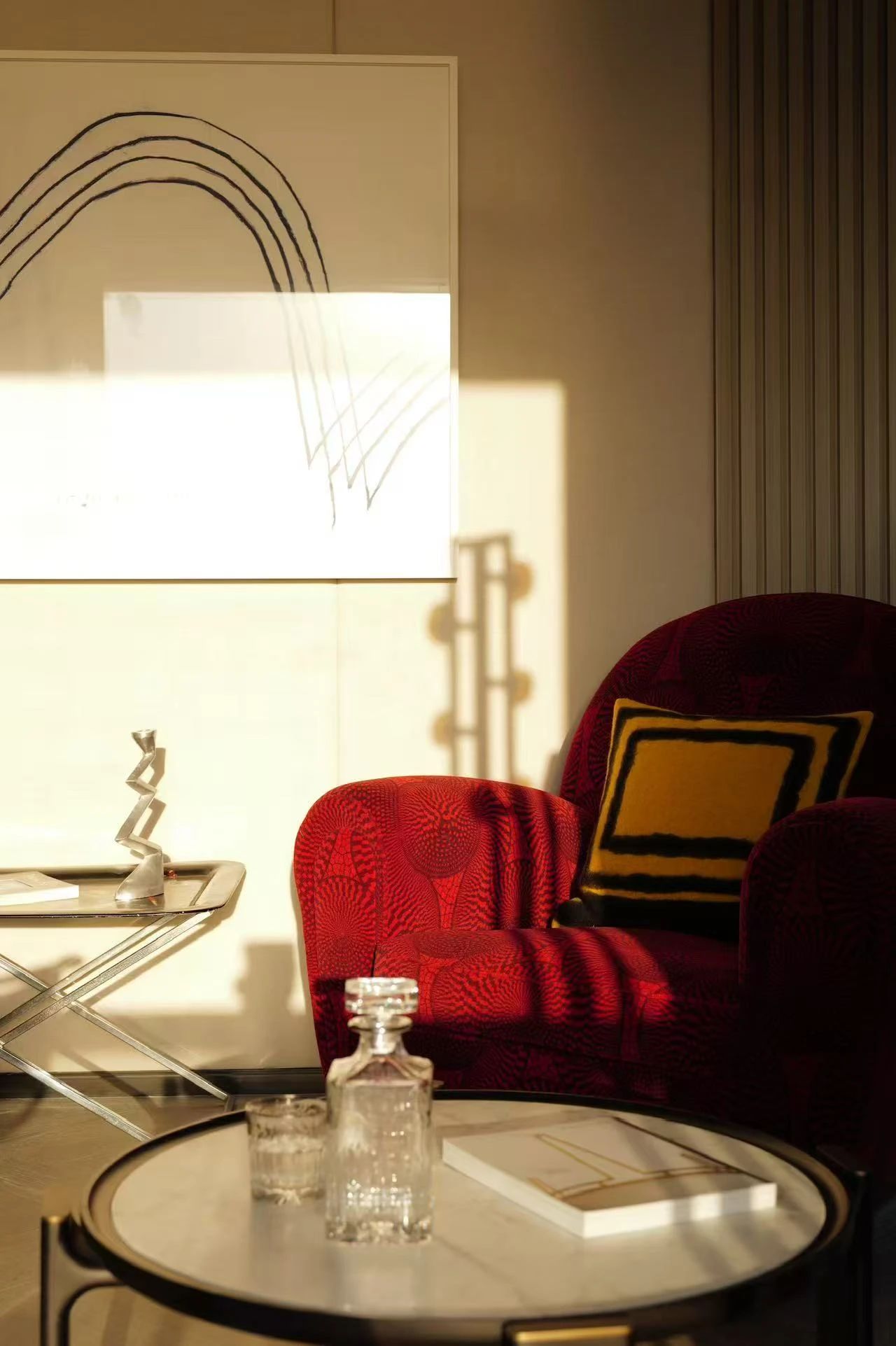Restroom in the Mountains Lab D+H
2018-03-22 00:00


架构师提供的文本描述。中国昆玉山国家公园正在其50平方公里的国家自然保护区内推广一系列设施升级,管理委员会邀请D H实验室设计一个试验性公厕,作为KM国家公园新的公共设施模式。一开始,客户还没有决定厕所的位置。因此,我们没有提出厕所的设计方案,而是提出了一个能够适应不同地形条件的模块化系统。这一网站特有的策略受到了客户的极大赞赏,我们一起选择了一个网站:目前在森林边缘的高山植物园内的一个露台。
Text description provided by the architects. China's Kunyu Mountain National Park is promoting a series of facility upgrades within its 50 km2 national natural preserve, and the management committee invited Lab D+H to design a pilot public toilet which would serve as the new model of public facility in the KM National Park. At the very beginning, client had not decided where the toilet would be located. Therefore, instead of proposing a restroom design, we put forward a modular system which can be adapted based on different topographic conditions. This site-specific strategy was greatly appreciated by the client and together, we chose a site: a terrace within the current alpine botanical garden at the edge of the forest.


在讲英语的社会里,厕所通常被称为“休息室”,暗示它是一个休息的地方。因此,我们决定在与自然对话中创造一个优美而宁静的地方,特别是在这个环境敏感的地方,而不是设计厕所。
In English-speaking society, a toilet is often referred to as a "restroom", insinuating that it is a place for rest. Therefore, instead of designing the toilet building, we decided to create a graceful and restful place in dialogue with nature, specifically within this environmental sensitive place.


Floor plan




通过调整和组织模块,在现有平台轮廓的基础上创建了一个庭院。庭院花园被一条上、下都有檐篷的走廊包住了。观景台的设置提供了一个等待的地方,也是朝向山的最佳观赏点。
Through adaptation and organization of the modules, a courtyard was created based on existing terrace contour. The courtyard garden was wrapped by a canopied corridor running both up and down. The setting of the viewing deck provided a waiting place and the best viewing spot towards the mountain.


有檐篷的走廊穿过院子的两个部分:休息区和卫生间区。休息区是由不断过渡的模块化展馆构成的,供等候和观赏.洗手间分为男厕、女厕和家庭室。院子的边缘有两个洗手点,从砾石盆过滤后,水直接冲到地面上。
The canopied corridor threaded the courtyard's two parts: the rest area and restroom area. The rest area was formed by continuous transition of modular pavilions, for waiting and view-seeing. The restroom area was divided into men's room, lady's room and family's room. There were two hand-washing points at the edge of courtyard where water was charged directly to the ground after being filtered from the gravel basin.






在组装模块之后,斜倾斜的屋顶单元形成了一个几何轮廓,与起伏的山脊形成了对话。洗手间的皮肤与树枝和砂玻璃并置,既能保护隐私,又能创造出有趣的光线。
After assembling the module, the diagonally pitched roof units formed a geometric silhouette, generating a dialogue with the rolling mountain ridge. The restroom skin was juxtaposed with twig and sanded glass, protecting privacy while creating interesting light & shadow effect.


Structure diagram




从选址、设计策略、物质性到施工方法,采用了一种创新的低冲击设计方法。事实证明,这种模块化系统很容易应用于整个国家公园的设施升级工作中。我们目前正在两个不同的地形条件下,根据这种模块化的方法,在另外两个地点与客户一起建造另外两个卫生间。
From site selection, design strategy and materiality all the way to construction method, an innovative low impact design approach was adopted. This modular system was proved to be easily applied to the facility upgrade endeavors throughout the national park. We are currently working on two more restrooms with client in two other locations based on this modular approach with different topographic conditions.
© Conggang Yu
杨从刚




















































Architects Lab D+H
Location Yantai, Shandong, China
Lead Architects Huicheng Zhong
Design Team Huicheng Zhong, YoungJoon Choi, Zongjie Liang, Jin Huang, Hao Lan, Feimin Song
Area 250.0 m2
Project Year 2017
Photographs Xi Tang, Conggang Yu
Category Public Architecture
























